Historical Events in Israel: From the Byzantines to the British
The history of the Land of Israel, from ancient times, through the centuries, and up until present day, is incredibly rich and fascinating, full of twists and turns - no wonder there are no end of books on it. But if you don’t have time to read tomes when planning your perfect vacation in Israel, then let us do some of the hard work for you and give you a ‘potted history’ of the Holy Land.
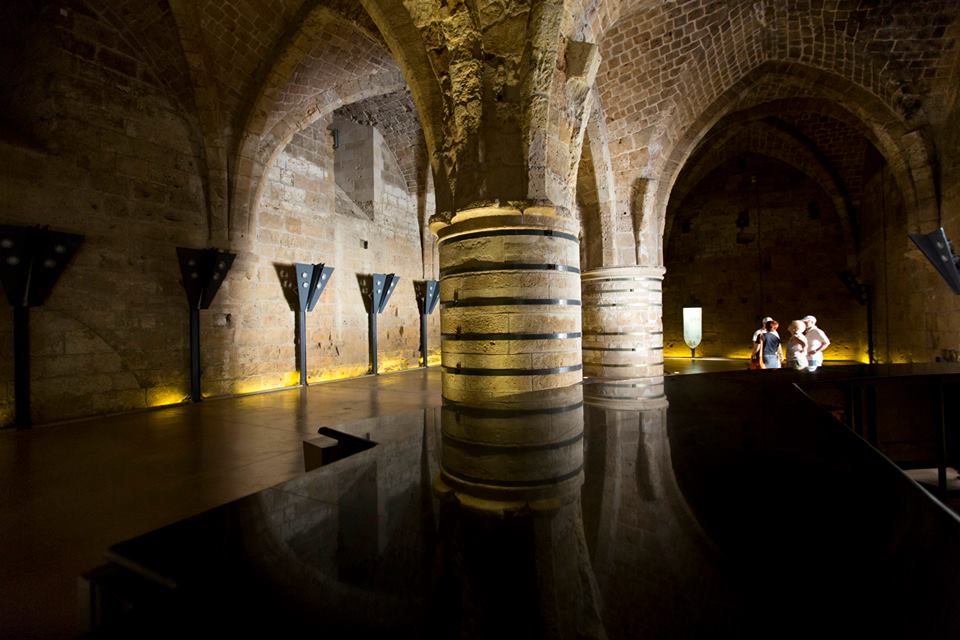
The Knights Halls in the Hospitaller quarter, Acre, Israel. Photo credit: © Shutterstock
In Part One of our series on major historical events in Israel, we took a look at certain ‘stand out’ events in the Bible, recorded in the nation’s first thousand years - from Abraham and Moses at Sinai to the eras of Kings David and Solomon, followed by uprisings against the Romans and the life and times of Jesus.
Following on from this, today we’re taking a look at thousands more years of Jewish history, beginning with Byzantine Rule and ending with the British Mandate and plenty in between. From Persians and Crusaders to Arabs and Ottomans, we’ll do our best to give you a timeline on what, when and how in the Holy Land, from 313 to 1948. Ready? Then read on…
1. Byzantine Rule in ancient Israel
Between 313-636, ancient Israel was controlled by the Byzantines. Ruled over by Emperor Constantine, Christianity became widely practised in the Holy Land and churches were built in Jerusalem, Nazareth and the Galilee. The conquered territory was divided into three provinces: Palestina Prima, Palestina Secunda and Palestina Tertia and these provinces were part of the Diocese of the East.
The Byzantines practised Orthodox Christianity but, compared to other periods in time, Jews fared well under their rule, at least the early part. This is because they occupied a legal position that was somewhat in ‘no man’s land’. They were not regarded as pagans, nor were they expected to convert to Christianity.
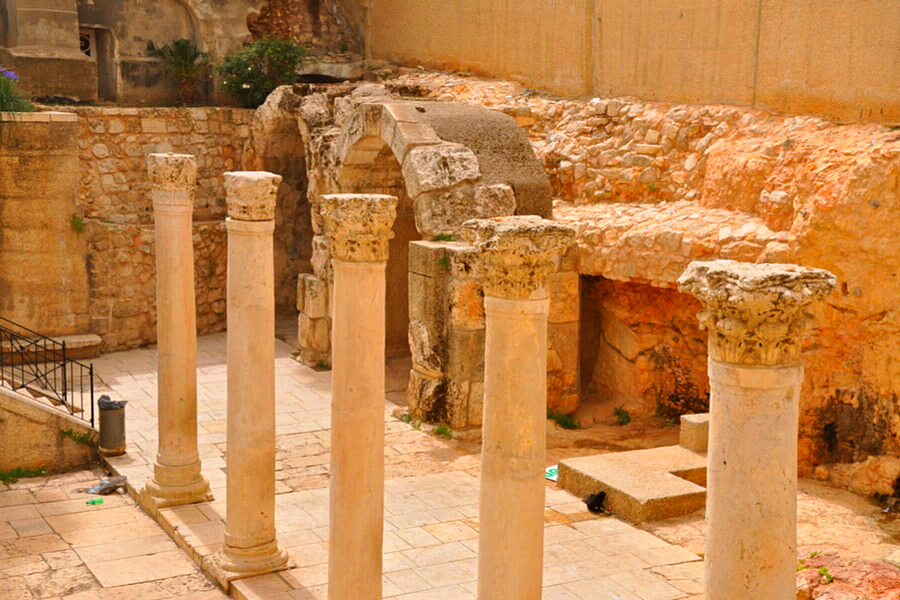
Byzantine Cardo, Jerusalem, Israel. Photo credit: © Shutterstock
Instead, they were granted citizenship (i.e. legal equality with other citizens) and, for the most part, allowed to worship as Jews. They were not forced to violate Shabbat or Jewish holidays and synagogues were their recognised prayer houses. (However, the ritual practice of circumcision was banned, since it was considered barbaric by the Byzantines).
Unfortunately, by the beginning of the 5th century, Emperor Theodosius ruled that Jews were perfidious (since they had rejected Jesus) and forbade them from holding public office and increased their taxes. Intermarriage was forbidden, as was the building of new synagogues. Luckily for the Jews, the Byzantines had other problems within their Empire so enforcement of the last restriction was lax.
Consequently, Jews continued to build, and in old synagogues across Israel today, you can find beautiful mosaic floors, depicting Byzantine-style art. Some of the best examples can be viewed at archaeological sites such as Tsipori, Tiberias, Beit Shean and Beit Alpha.
2. Persian Invasion to Ancient Israel
At the tail end of Byzantine rule came an invasion of ancient Israel by the Persians. They were helped by the Jews (who hoped to be ‘delivered’ from their lowly status) and, as a reward for the help, the Persians decreed that they could administer Jerusalem. Unfortunately for the history of Jews in Israel, this ‘halcyon period’ only lasted three years after which the Byzantine army reconquered Jerusalem and expelled its Jewish population.
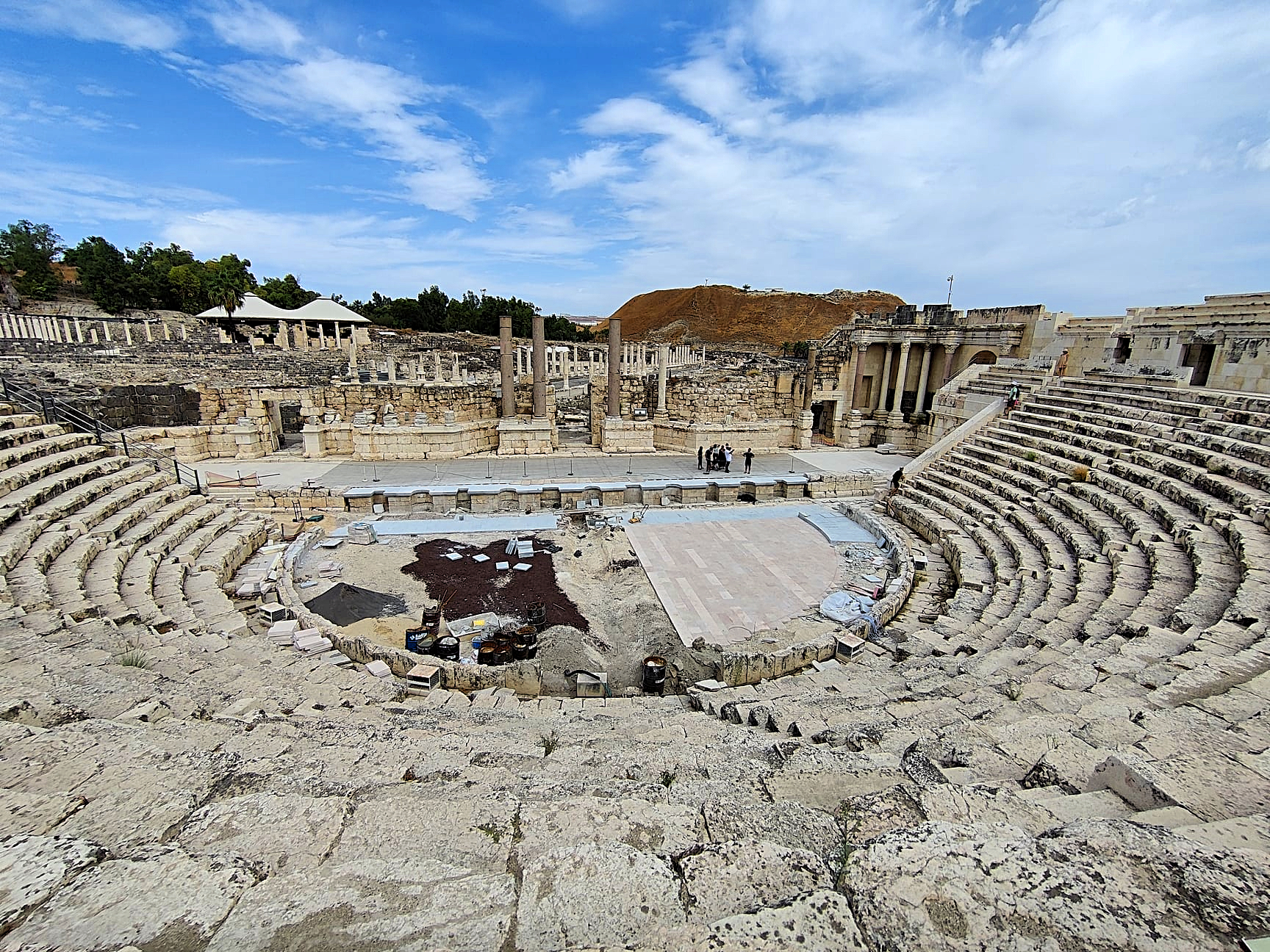
Beit Shean Roman Theatre, Israel. Photo credit: © Dmitry Mishin
3. Arab Rule in Ancient Israel
Between 636-1099, ancient Israel was conquered by the Arabs, who would rule ancient Israel for the next 450 years or so. Events began with the Siege of Jerusalem in 636, four years after the death of the Prophet Mohammed when the Rashidun army conquered the territory. In the next four centuries, a number of Caliphates would rule, first from Damascus and subsequently from Egypt.
Initially, Jews were allowed to return to Jerusalem and settle there. They were granted the status of ‘dhimmi’ (non-Muslims protected by law) and this gave them security over their property as well as freedom of worship. Of course, this came at a price - special taxes that they paid - but it certainly safeguarded their lives.
However, as time passed, the Jews began to suffer more economic and social discrimination and, as a result, many of them left the country. By the end of the 11th century, the number of Jews in the land of Israel had decreased quite substantially. In the meantime, under the Umayyad Empire, caravan stops, bathhouses and places of worship were constructed, the most famous of which is the Dome of the Rock Mosque in the Old City of Jerusalem.
Built by Caliph Abd al-Malik ibn Marwan in 691, this Islamic Shrine is one of the best examples of architecture and, today, a UNESCO World Heritage Site. Constructed on the Temple Mount, its golden dome makes it the city’s most recognisable landmark and, of course, it continues to be a focal point for Muslim prayer.
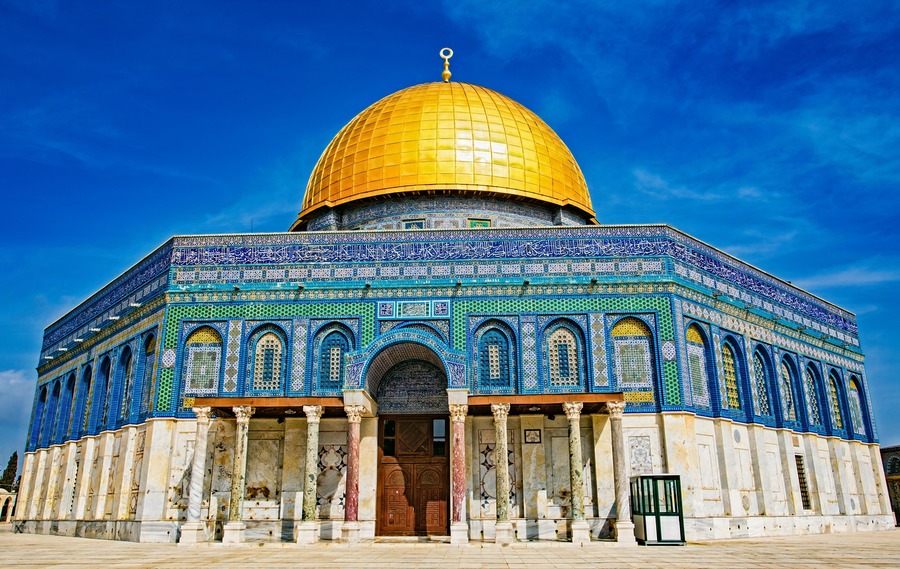
Dome of the Rock, Temple Mount, Israel. Photo by Thales Botelho de Sousa on Unsplash
4. The Crusaders Arrive in the Holy Land
Between 1099-1291, the Crusaders dominated the landscape of the Holy Land. Christian knights and peasants from across Western Europe heeded the call of Pope Urban to take up arms and aid the Byzantines in their struggle to recapture the Holy Land from Muslim control. The Crusades (or ‘holy wars’ as they are also known) were met with an extraordinary response from all sections of society.
Military Orders were particularly well represented, including the Knights Templar, the Teutonic Knights and the Hospitallers, who made it their business to protect pilgrims travelling to and from the Holy Land. All in all, there were four major Crusades, the first of which culminated in the fall of Jerusalem and the slaughter of hundreds of its inhabitants, even though the leader Tancred had promised they would be spared.
Today, if you visit the Church of the Holy Sepulchre in the Old City, you can still see endless crosses carved into the stone walls, left behind by Knights who took shelter there. As a result, Christian rule was established in the Holy Land. Castles were built in Acre and the Galilee and Crusader states were established far north of ancient Israel. Only in 1181 did Saladin (the first Sultan of both Egypt and Syria) reclaim Jerusalem.
In front of the Damascus Gate and the Tower of David, Saladin's army bombarded the ramparts with arrows but only after six days, when he moved to the Mount of Olives, was he victorious. Jews fared little better than Muslims in the Crusader era - thousands were murdered (beheaded or thrown in the sea) and their synagogues. The Crusades set the tone for many more centuries of antisemitism, not just in the Holy Land but throughout Europe.
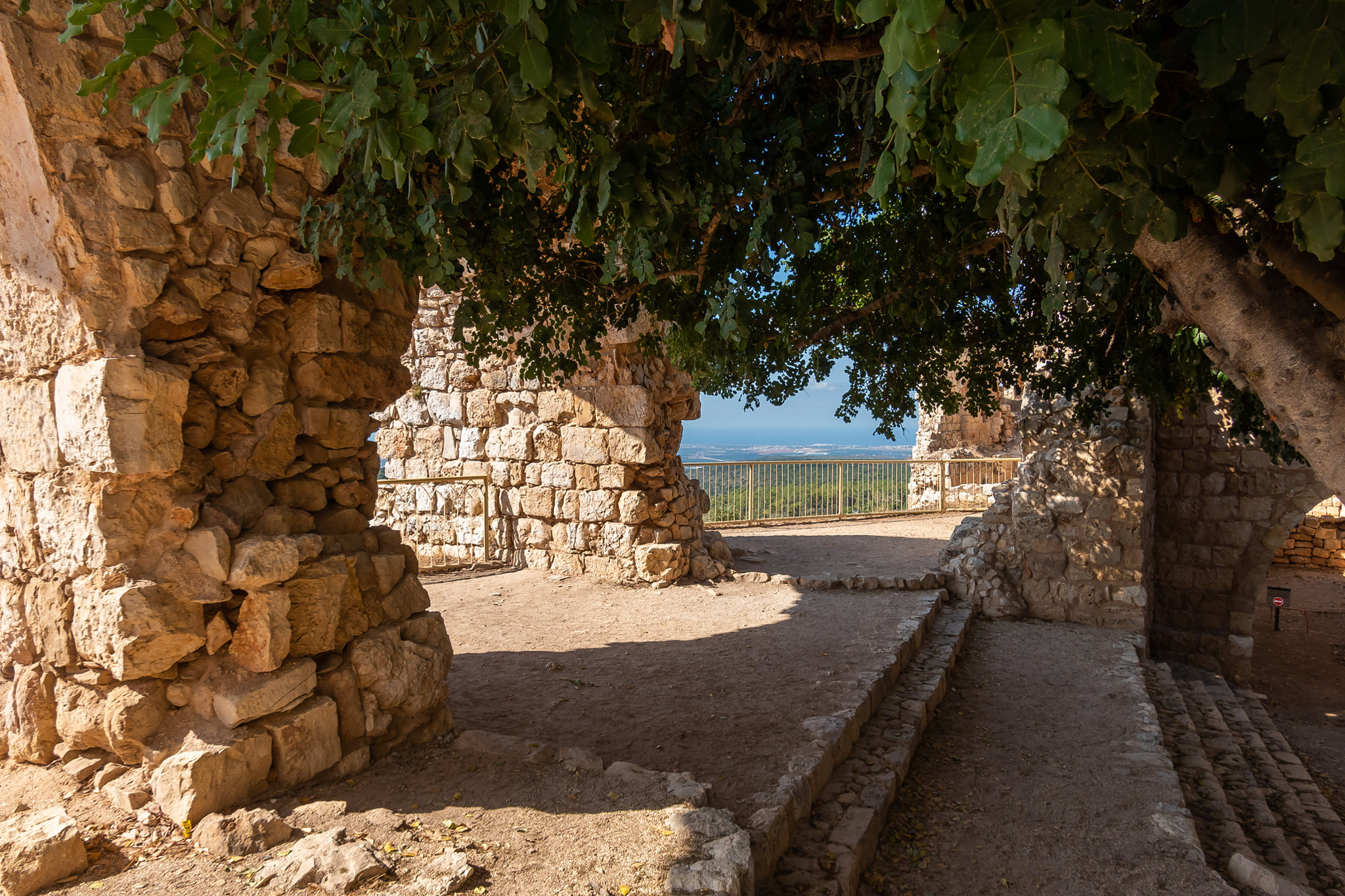
Ruins of Yehiam Teutonic Fortress, Israel. Photo credit: © Dmitry Mishin
5. Mamluk Rule in Palestine
Between 1291-1516, it was the Mamluks who ruled the region. In Arabic, Mamluk means ‘one who is owned’ or ‘slave’ and these non-Arabs (who had, historically, served Arab dynasties in the Muslim world) came from a number of regions including Caucasia, Turkey and from Southeastern Europe.
The Mamluks' years in power were marked by a major eradication of Crusader culture in the Holy Land. Not only did they prevent the Mongols from advancing into Syria but they were also extremely cultured - today, in Israel, and especially in Jerusalem, you can still see many of the buildings they designed.
Initially, as with the period of Arab rule, Jews were once more granted ‘dhimmi’ status but as time passed, the Jewish community began to shrink. Where Jews continued to live, they were discriminated against in legal matters and forced to pay taxes on all manner of things, including the drinking of wine. Even so, despite these restrictions and laws, the legal position of Jews in the region was still far better than most of their fellow Jews in Europe.
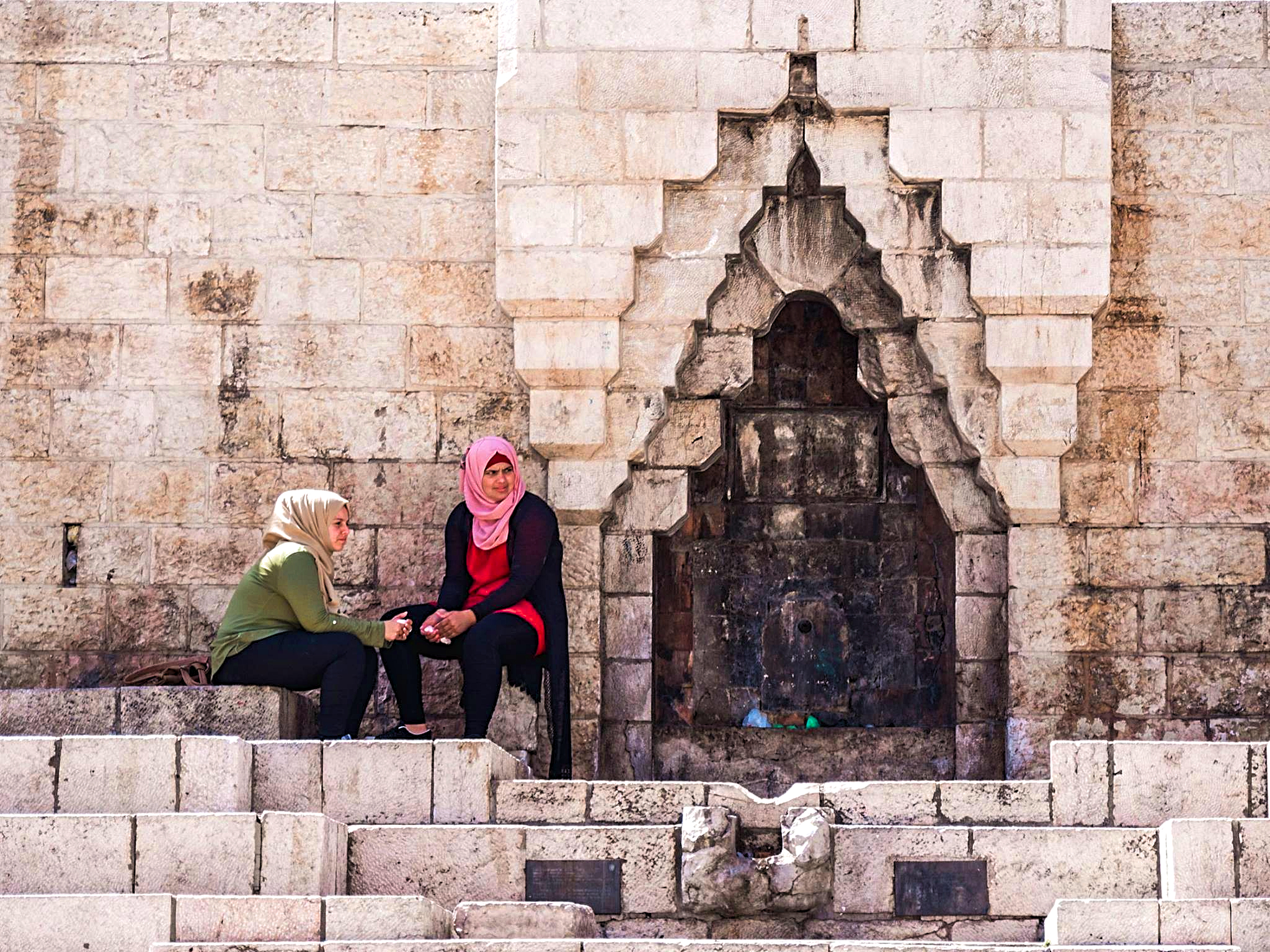
Mihrab (prayer niche) cut in the wall near Damascus Gate, Jerusalem. Photo credit: © Dmitry Mishin
6. Ottoman Rule in Palestine
Life for the Jews improved considerably between 1517-1917, when the Ottomans conquered the region - in fact, many of the Jews driven out of Europe fled to the Holy Land, since they knew their chances of surviving there were better.
Under the Ottomans, there were fewer restrictions for Jews in their daily lives and professions (even though they still had to pay a ‘head tax‘) but many decrees against them were not enforced and some Jews even rose to power in the Ottoman Court, as physicians and economists.
Both Ashkenazi and Sephardic Jews settled in the Ottoman Empire and many became successful in business enterprises. The Jews were allowed to be responsible for their own courts and schools and held a wide variety of political opinions - some were extremely loyal to the Ottomans, others were ardent Zionists.
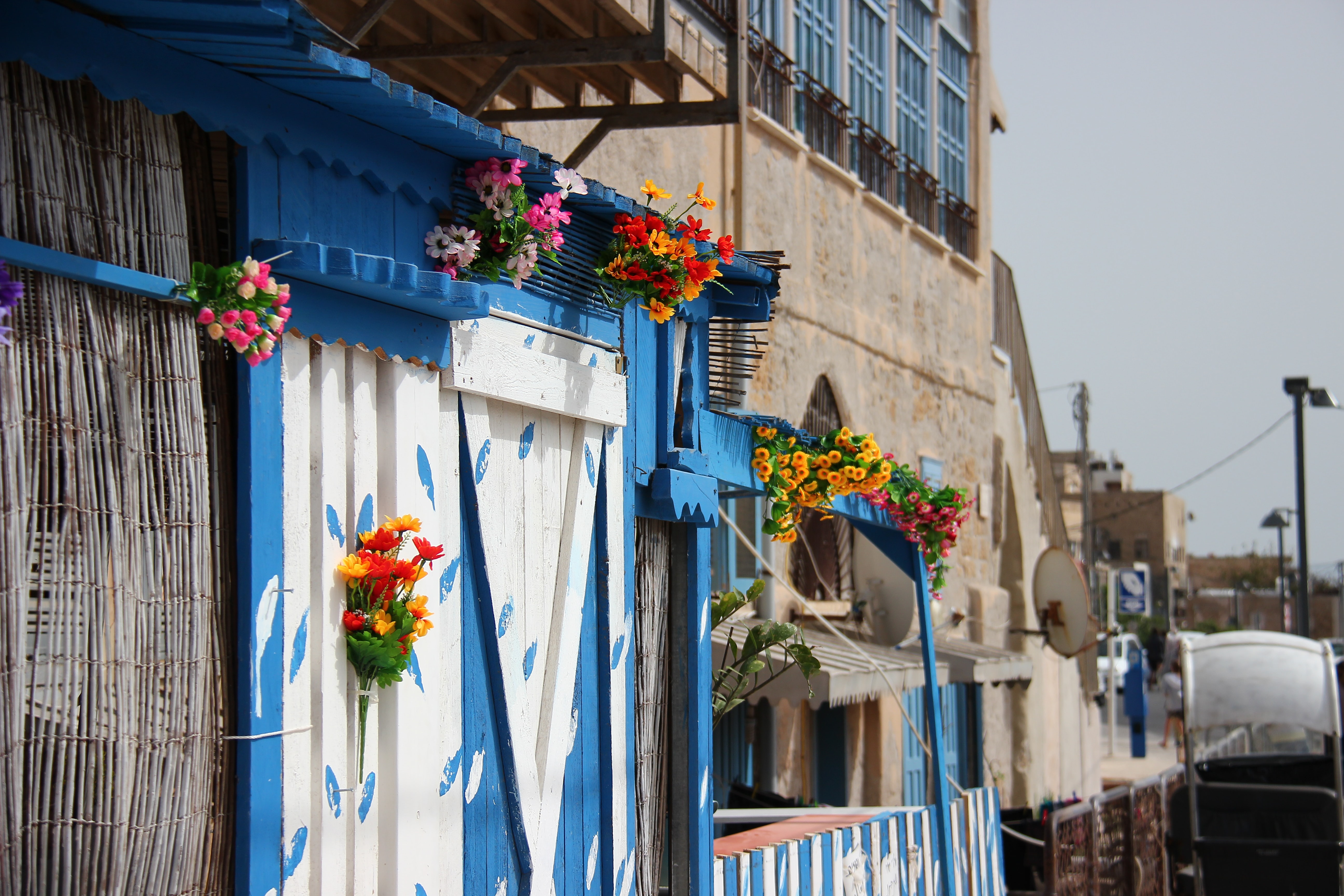
Ottoman building in Acre, Israel. Photo by Shalev Cohen on Unsplash
7. First Aliyah to Palestine
‘Aliyah’ in Hebrew means ‘to ascend’ (or ‘go up’) and is a term traditionally used when referring to the immigration of Jews from around the world to Israel. The First Aliyah (also known as the ‘agriculture aliyah) was a large-scale arrival of Jews to Palestine. Many of them arrived from Russia since waves of nationalism and antisemitism had led to pogroms (organised killings) in their birthplaces.
Since immigration to Palestine has occurred before, the use of the term "first aliya" is controversial. The Jewish Virtual Library says that almost half of the settlers (3000 persons) did not remain in the country as they faced financial problems and did not have any experience in farming.
A majority of the immigrants did move to cities, such as Rishon LeZion (‘First in Zion’). However, some of them - pioneers as they are now known - established agricultural settlements, particularly with the financial support of Baron Rothschild. These included Zichron Yaakov (near Haifa), Metulla (in northern Israel) and Rosh Pina (in Galilee).
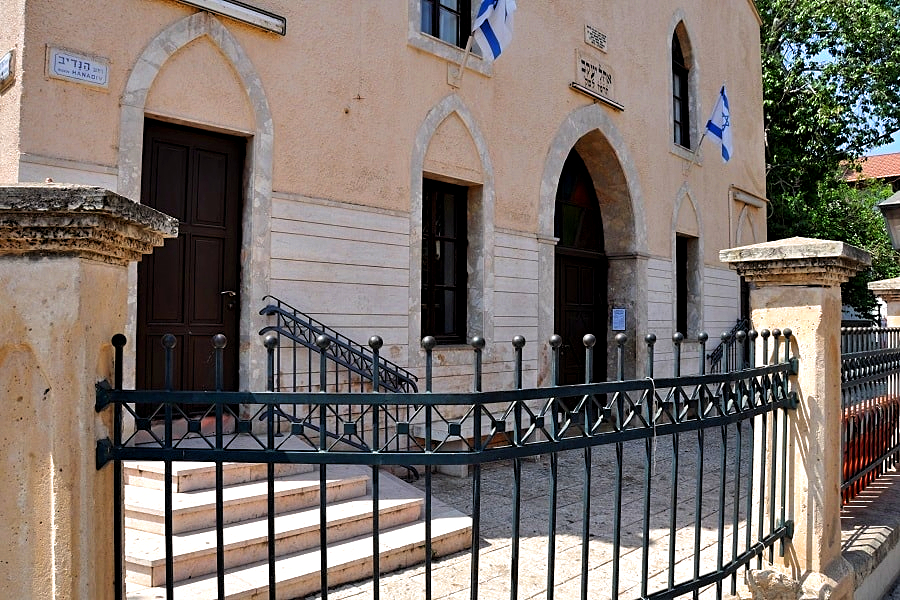
Ohel Ya'akov Synagogue, Zichron Yaakov, Israel. Photo credit: © Shutterstock
Life wasn't easy for the pioneers - when you factor in disease, lack of infrastructure, hard physical work and the hot climate, in retrospect it is astonishing how much they achieved with their labours. Nevertheless, the founding of these ‘yishuvs’ (agricultural communes) only served to strengthen their resolve to create a new kind of Jew - one who was both physically and mentally resilient, both a warrior and a farmer!
The First Aliyah was also responsible for a resurgence in the cultural life of the Holy Land. Much of this can be credited to Eliezer Ben Yehuda, born in Vilna in 1858 who, after having moved to Jerusalem, vowed to transform Hebrew into a modern language, spoken by the majority of people arriving (at the time, it was only used for prayer).
In this period, the National Library was founded and today houses books, photographs, maps and pamphlets and even poems written in the revived Hebrew language (now known as ‘Ivrit’). Incidentally, Ben Yehuda not only wrote the first-ever Hebrew-English dictionary but realised his dream - today, it is the national language of the State of Israel and spoken by almost nine million people! Quite some achievement.
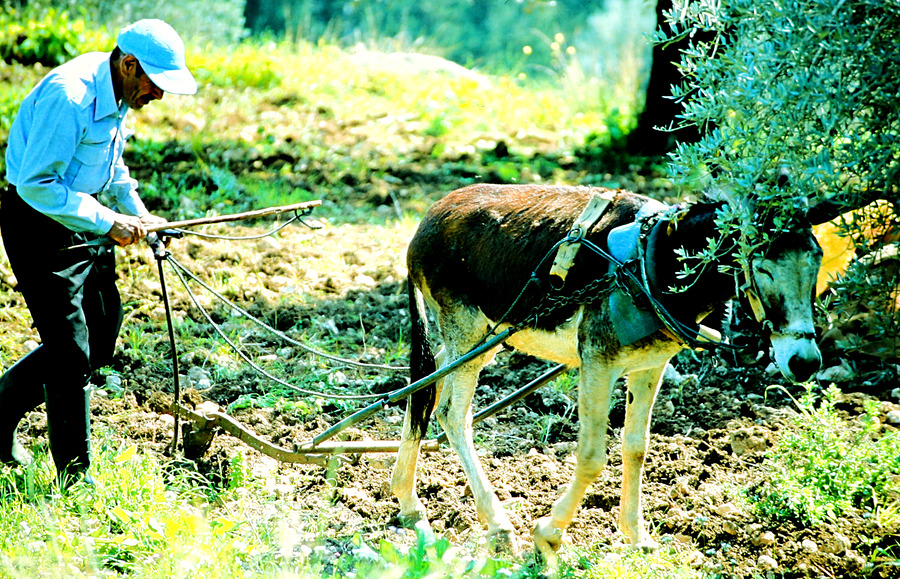
Old fashioned farming in the Biblical Garden in Yad HaShmona, Israel. Photo by Georg Arthur Pflueger on Unsplash
8. Second Aliyah to Palestine
The Second Aliyah took place between 1904-1914 when approximately 35,000 immigrants arrived in Palestine. The vast majority were from Eastern Europe (many fleeing pogroms in Poland and Russia) but some were from Yemen. Many of them were pioneers who joined the ‘old yishuv’ i.e. traditional Jewish communities based in Jerusalem, Tiberias, Hebron and Safed and this brought with it considerable urban development (most notably in Tel Aviv, which was founded in 1910).
Although a minority of them were ideologically committed, without a doubt they left their mark. They were committed to the establishment of ‘Hebrew settlements’ (run as co-operatives) and many eventually became involved in politics - including Ben Gurion and Beri Katznelson. The framework they created would, undoubtedly, set the groundwork for the establishment of the future state of Israel.
9. British Mandate Period in Palestine
Ottoman rule came to an end after 400 years when the British arrived in town and established the Mandate. The period of their rule lasted from 1918-1948 (from the moment General Allenby walked through Jaffa Gate of Jerusalem’s Old City (becoming the first Christian in hundreds of years to control the city). The British Mandate was a critical period in Jewish history for a number of reasons, maybe one of the most important being that it set the scene for the “Balfour Declaration.” In essence, this was when Lord Balfour, Britain’s Foreign Minister, pledged his support for the establishment of a ‘Jewish national home in Palestine’.
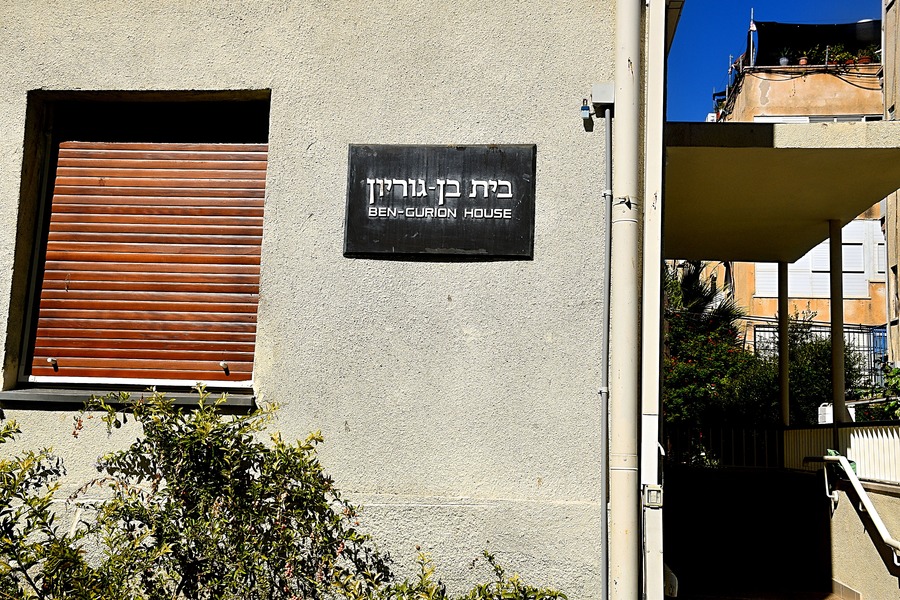
The house of Paula and David Ben-Gurion in Tel Aviv, Israel. Photo credit: © Jenny Ehrlich
Though Israel would not be ‘born’ for some decades, this declaration had a major effect - Jewish migrants began arriving in earnest to Palestine and Jewish institutions began to take shape. However, as violent clashes between Arabs and Jews, unfortunately, became more common, support in England for the Mandate began to wane.Whilst the Mandate survived World War II, support for it was at an all-time low and after Jordan was given independence in 1948, Britain declared they would terminate their Mandate in Palestine on 14th May 1948. In that respect, they did accomplish one of their goals - hours earlier, the Israeli Declaration of Independence was issued. This leads us onto number 10…!
10. The State of Israel is Proclaimed
On 14th May 1948, on Rothschild Boulevard in Tel Aviv, David Ben Gurion read out a proclamation, declaring the birth of the State of Israel. Today this building is a museum and is called the Hall of Independence. Just eleven minutes later, the USA would recognise his decree, soon followed by the USSR. Jews everywhere danced into the street, celebrating joyously, even though they understood that a war with the Arab world was almost inevitable.
Although the British army had withdrawn their troops earlier that day, the State of Israel officially came into being at midnight on 14th May 1948, when the Mandate was officially terminated. And then began a whole new era, with the first-ever Jewish state established. Watch this space for Part Three, when we’ll look at some of the major historical events in Israel from 1948 to the present day.
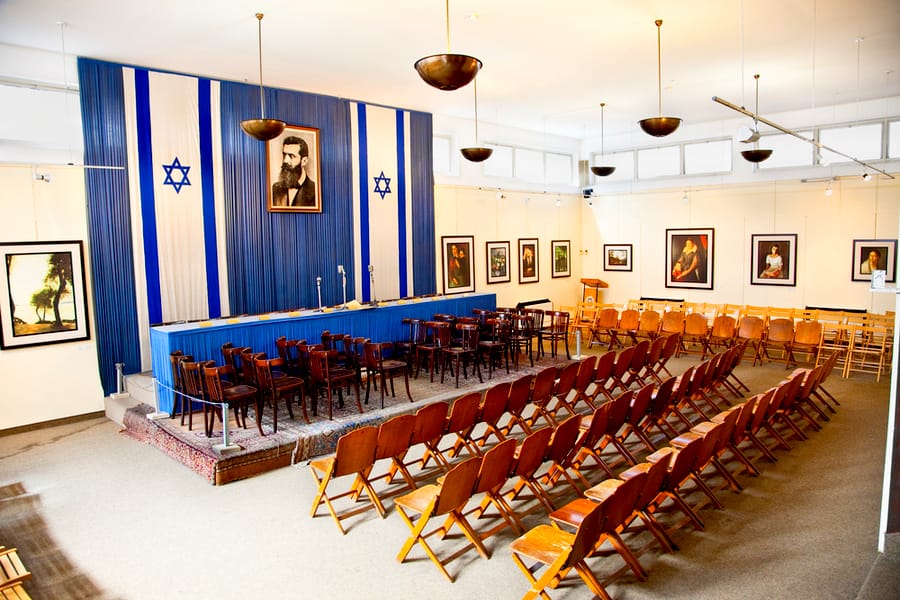
Independence Hall where is The Israeli Declaration of Independence was made on 14 May 1948, was the Tel Aviv Museum. Photo credit: © Shutterstock
 Login / Register
Login / Register
 Contact Us
Contact Us
 Certificate of Excellence
Certificate of Excellence Guaranteed Departure
Guaranteed Departure Low Prices Guaranteed
Low Prices Guaranteed 24/7 Support
24/7 Support




